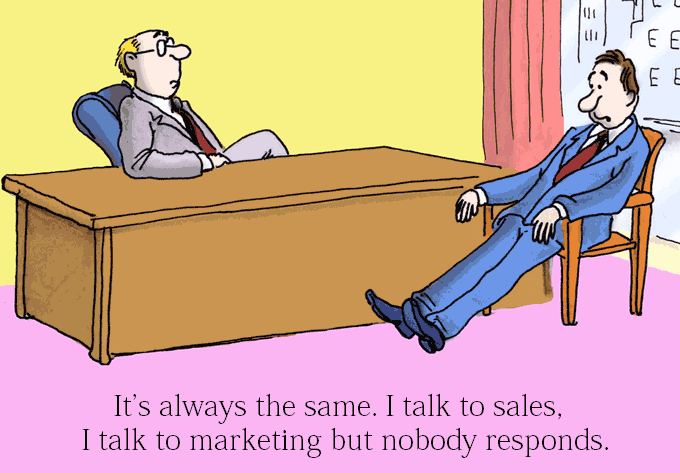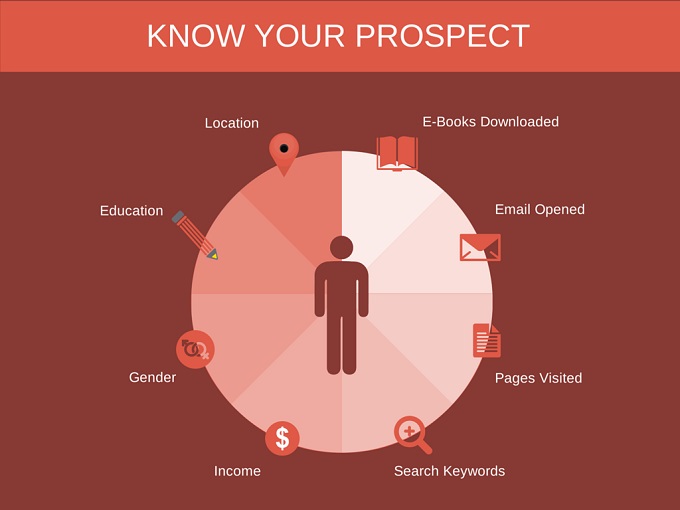Be yourself is not always the best advice to give to marketers in building community engagement – you know, the communications with customers, prospects and their target audience in general. As much as we would like to think that the best marketers are social, outgoing people great at networking, it isn’t always true.

There are some of us who are incurable conversation makers – people who seek out people just to talk – on a train, on buses, in gatherings anywhere. Conversations come easy to these people. And then there are others who would do anything to keep the social conventions to a minimal – just enough to get by.
But, who we are as individuals shouldn’t necessarily dictate our company’s voice too. It’s a persona we create for a purpose – and no matter where you lie on the social awkwardness scale, all you really need to do is observe the best conversation makers out there, and follow in their footsteps to become the marketer your company needs.
Parties, formal social events, informal ones, we all have been to a least a few. Even the worst loners have to give in sometimes.
Let’s discuss how you can create a better community engagement campaign just by observing different kinds of people you meet at these parties. As they say, anyone can get the microphone; it’s what you have to say that matters.

Type 1: Introverted bystanders
These may be the best of people, with the most interesting things to say. However, the world may never know; because these people don’t engage in conversations easily; they have to be eased into a conversation. And, sometimes too much effort to ease them in might do more harm than good.
Type 2: Passive Responders
These people enjoy conversations and join in, but seldom initiate them. They generally respond when spoken to, and can probably share the most delightful of stories when prompted.
Type 3: Dominant Initiators
The alphas of social gatherings, dominant initiators love starting and being the center of conversations, but some of them take it too far. They would just talk about themselves, or topics they that interest them, seldom taking into account whether or not others are getting involved or are even interested.

Surely, they get their voice heard, but in secret maybe even their most ardent followers resent them for never taking another opinion. Because, they aren’t really interested in building community engagement, they run the risk of people blocking them out too.
Type 4: Conversation Facilitators
The best type of engagement builders, these people can spark a conversation, listen to others, and get even the most anxious introverts involved.
Their conversations are seldom self-serving; even if they were, you’d never know it. They know how to make people feel that their opinions matter.
These are the people you need to strive to be like in your business conversations.
Let’s see how they approach conversations every single time.
- They spark conversations on topics that interest the people around.
- They listen: They are interested not just in putting their point across, but in actually hearing what the others have to say, because that’s what building community engagement is about, right. That’s how they find what people are interested in. This also gives them inputs for their next round of conversation.
- They respond: What happens when someone initiates a conversation, gets everyone excited, and then leaves abruptly. I have seen this happen on social media conversations, community discussions – brands starting conversations and then disappearing when they should instead moderate. The same applies to responding to comments on your blog posts as well.
- They encourage participation: Unlike dominant initiators, they are interested in what others have to say, and because of this, are able to create real community engagement.
Let’s see how these different personas would react to different marketing / sales situations.
Handling inbound conversations
These are perhaps the easiest kind of conversations to make because you aren’t the initiator. Someone’s interested in talking to you and approached you because of that.
In marketing terms, this would be when you get an inbound chat message, or inbound email because I am assuming you can’t mess this up on a phone call.
So, if you leave the query unanswered (no one manning the chat/email), you lose the opportunity right away – very similar to someone approaching you for a quick talk at the party, meeting with little or no responsiveness from your end, and turning to someone else who’s interested.
Then again, if you send out canned responses to chat / inbound emails, you are being a dominant initiator in a conversation that isn’t yours to initiate. These canned responses are often self-serving, and your product description is contextually irrelevant for someone who has a real query.

The best thing to be is a conversation facilitator, and the second best – a passive responder.
A passive responder would generally give a close ended response, but a conversation facilitator would keep the discussion going by asking relevant follow-up questions, and building a relationship right from the start.
Outbound conversations
Now, what if you are on the other side – initiating the conversation?
If it’s someone you know – your friends, your prior acquaintances (your customers, in marketing terms), then you have a common ground. You know what they are interested in. A dominant initiator, however, succeeds in making this conversation about him too.
Relate this to businesses that send out mailers that are self-serving – nothing that provides value to their customers or prospects. Even the politest of people would eventually shut them off by unsubscribing.
The facilitators, on the other hand, practice their listening skills before actually initiating the outbound conversation. This listening in terms of marketing can be in the form of tracking their activities / demographics to find out what interests them, or researching online to find the preferences of a particular set of people, or an individual (in case of B2B).

You’ll then be able to make the conversation about the other person (prospect) and get them interested in what you have to say – this can be via call, email or any other source that you use to reach out to people.
Social Media Interactions / Community Engagement
Think of communities like parties you host.
You cannot play an introvert and not talk to your guests after inviting them home.
Also, you cannot get by with just responding when asked something. You’ll have to initiate conversations, and moderate discussions, if you want an amiable party where people have healthy disagreements, otherwise more often than not, you’ll be in the middle of a drunken bar fight.

Have you been to a party where the hosts talk about nothing else but their family, their vacations, yada yada? In a business community, this equates to talking just about your business, direct sales pitches – and nothing else. Keep up with that and your guests (community members) would be running for the door.
Instead talk about things that your audience values.
Once again, emulate conversation facilitators when you want to build active community engagement. The best hosts are the ones who are able to engage their guests themselves, and also facilitate conversations that carry on even if they have to leave to attend to a guest that just arrived (a new inbound call).
You have to be interested in providing value to your community, listen and only then will you be able to get the engagement going.
So, takeaways for building community engagement
- Talk about what people are interested in
- Listen
- Respond accordingly
- Create an environment conducive for discussions
So, yeah what kind of a conversationalist are you? And which are the ones that irritate you the most? Share with us in the comments.







